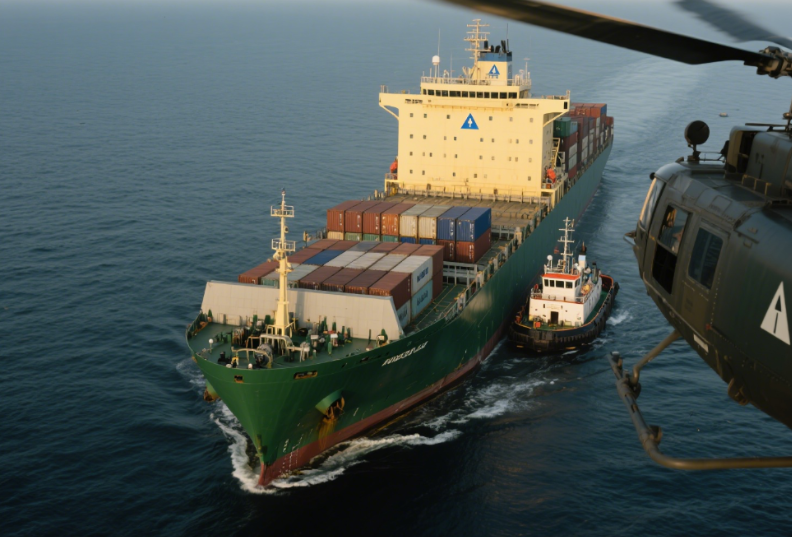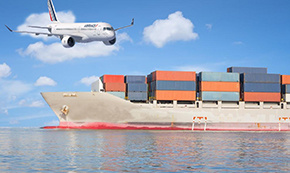All categories >
International sea freight FCL: Cost-effectiveness comparison of 20-foot vs 40-foot containers
Categories:
Time of issue:
2025-07-25 17:42
Capacity and Cargo Adaptability
• 20-foot container: Volume is approximately 28-30 cubic meters, suitable for loading high-density heavy cargo such as machinery and building materials. Its high unit area load-bearing capacity makes full use of the airline's weight limit rules for heavy cargo, avoiding wasted space.
• 40-foot container: Volume is approximately 58-60 cubic meters, and even a 40-foot high cube container can reach 68 cubic meters. It is more suitable for loading larger but lighter goods such as furniture, textiles, and electronics. The unit volume freight cost can be reduced by more than 30%.

Transportation Costs
• Ocean Freight: The ocean freight for a 40-foot container is usually less than double that of a 20-foot container. For example, shipping from China to Libya, a 20-foot container costs approximately $3200-4000, while a 40-foot container costs approximately $5000-6500. Calculating the cost per cubic meter, the 40-foot container is more advantageous.
• Additional Fees: 20-foot containers, due to their small size and flexible loading and unloading, have a lower probability of port congestion and are easier to match with feeder vessel space during transshipment, resulting in relatively lower additional fees. 40-foot containers have a large single shipment volume; if customs inspection or strikes cause delays, the demurrage costs are higher, and emission surcharges resulting from new environmental policies will increase with container size.
Transportation Time and Risk
• Timeliness: 20-foot containers are more flexible in port operations and transshipment, resulting in relatively shorter port stay times and better transportation timeliness. 40-foot containers, due to their larger size, may be subject to certain restrictions during port loading, unloading, and transportation, resulting in relatively poor transportation timeliness.
• Risk: During transportation, 40-foot containers may experience cargo damage or container deformation due to improper loading or adverse weather conditions, resulting in relatively higher risks. 20-foot containers, due to their smaller size, are relatively more stable and have lower risks.
Applicable Scenarios
• 20-foot container: Suitable for transporting small batches of high-density cargo such as mechanical parts, building materials, and metal products. These goods have relatively small volumes but high weights. Using a 20-foot container makes better use of its load-bearing capacity while avoiding increased transportation costs due to wasted space.
• 40-foot container: Suitable for transporting large batches of low-density cargo such as furniture, clothing, toys, and electronics. These goods have large volumes but relatively light weights. Using a 40-foot container makes full use of its space advantage, reducing the unit volume transportation cost.
Summary
• Cargo Density: If the cargo density is high and the volume is small, a 20-foot container is more cost-effective; if the cargo density is low and the volume is large, a 40-foot container is more advantageous.
• Transportation Volume: For small batches of goods, a 20-foot container is more flexible; for large batches of goods, a 40-foot container can reduce unit transportation costs.
• Transportation Distance and Timeliness: If the transportation distance is short and timeliness is a high requirement, a 20-foot container may be more suitable; if the transportation distance is long and timeliness is not a high requirement, a 40-foot container can better leverage its economies of scale.










